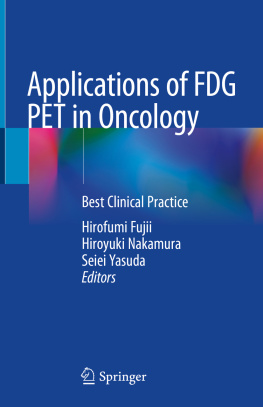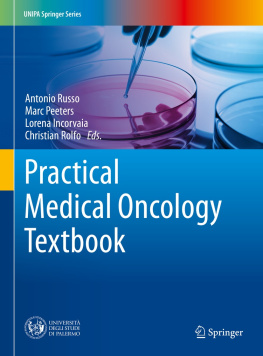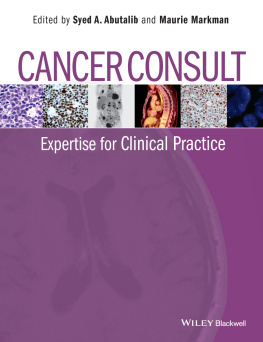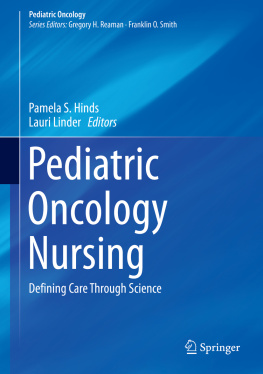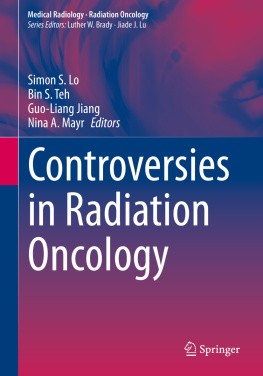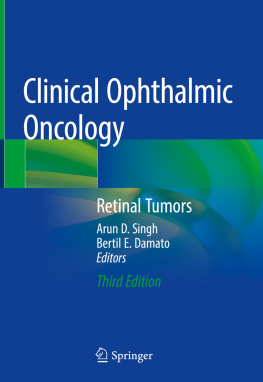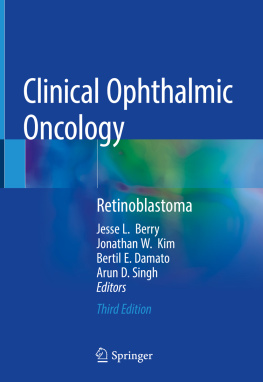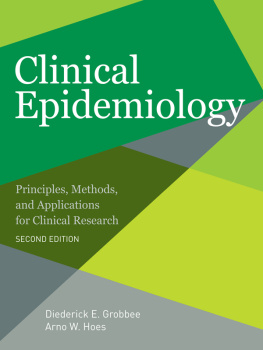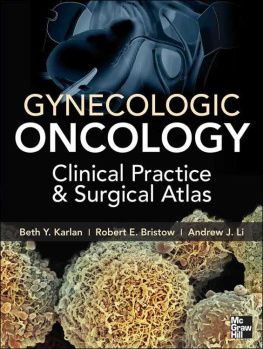Hirofumi Fujii - Applications of FDG PET in Oncology: Best Clinical Practice
Here you can read online Hirofumi Fujii - Applications of FDG PET in Oncology: Best Clinical Practice full text of the book (entire story) in english for free. Download pdf and epub, get meaning, cover and reviews about this ebook. year: 2020, publisher: Springer Singapore, genre: Children. Description of the work, (preface) as well as reviews are available. Best literature library LitArk.com created for fans of good reading and offers a wide selection of genres:
Romance novel
Science fiction
Adventure
Detective
Science
History
Home and family
Prose
Art
Politics
Computer
Non-fiction
Religion
Business
Children
Humor
Choose a favorite category and find really read worthwhile books. Enjoy immersion in the world of imagination, feel the emotions of the characters or learn something new for yourself, make an fascinating discovery.
- Book:Applications of FDG PET in Oncology: Best Clinical Practice
- Author:
- Publisher:Springer Singapore
- Genre:
- Year:2020
- Rating:3 / 5
- Favourites:Add to favourites
- Your mark:
- 60
- 1
- 2
- 3
- 4
- 5
Applications of FDG PET in Oncology: Best Clinical Practice: summary, description and annotation
We offer to read an annotation, description, summary or preface (depends on what the author of the book "Applications of FDG PET in Oncology: Best Clinical Practice" wrote himself). If you haven't found the necessary information about the book — write in the comments, we will try to find it.
Applications of FDG PET in Oncology: Best Clinical Practice — read online for free the complete book (whole text) full work
Below is the text of the book, divided by pages. System saving the place of the last page read, allows you to conveniently read the book "Applications of FDG PET in Oncology: Best Clinical Practice" online for free, without having to search again every time where you left off. Put a bookmark, and you can go to the page where you finished reading at any time.
Font size:
Interval:
Bookmark:
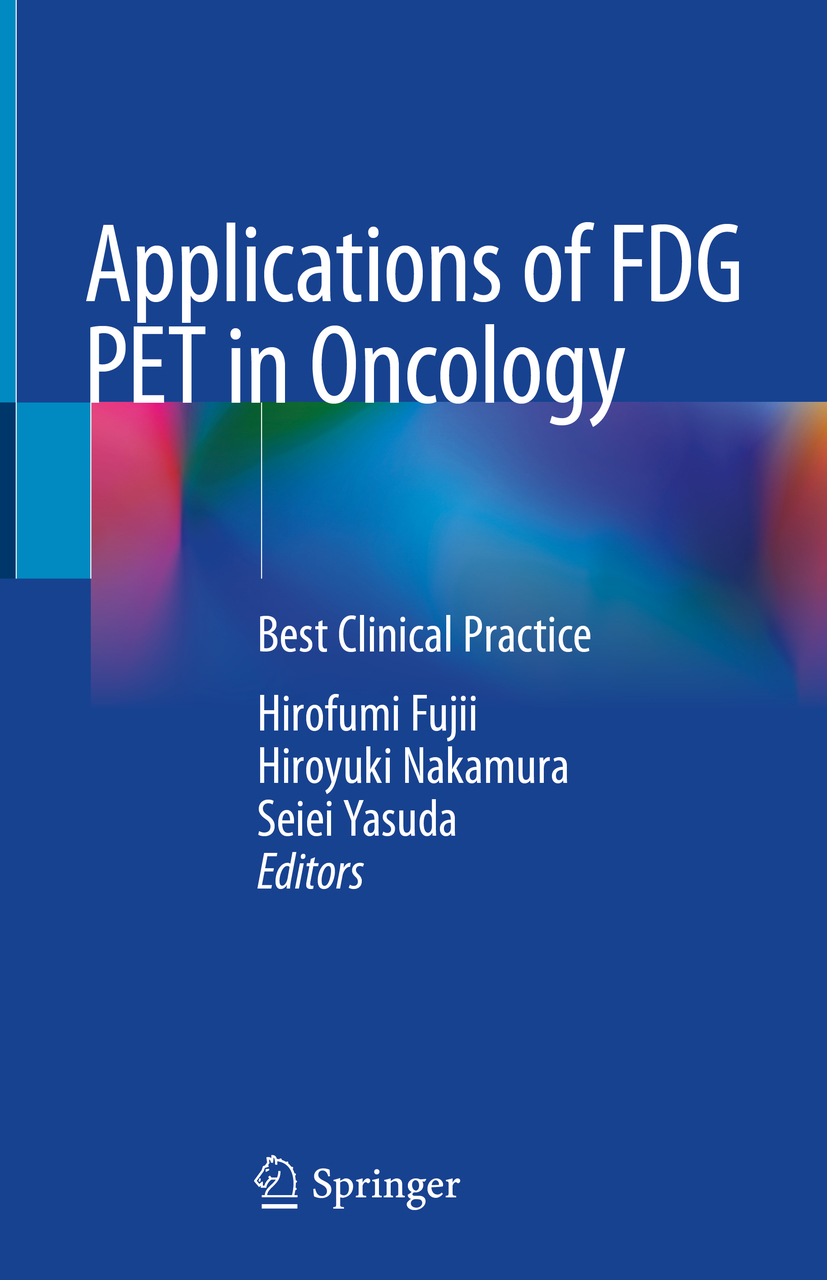

This Springer imprint is published by the registered company Springer Nature Singapore Pte Ltd.
The registered company address is: 152 Beach Road, #21-01/04 Gateway East, Singapore 189721, Singapore
Although cancer is still the leading cause of death in many countries, recent epoch-making advance in molecular biology facilitates to reveal the nature of cancer at the level of gene and the era of precision medicine has come. New therapeutic strategies for cancer are established based on these genomic information. In response to this progress in cancer treatment, the concept of molecular imaging has also been introduced in the field of diagnostic imaging sciences. Nuclear medicine tests that can evaluate the functional features of lesions would be clinical molecular imaging tests. Among them, F-18 FDG PET tests that can provide metabolic activity of glucose in tissues including cancer lesions are attracting a strong attention in oncology.
Many research works in the field of nuclear medicine have demonstrated the usefulness of FDG PET tests in clinical oncology. However, FDG PET tests have not been so familiar in routine clinical practice in many countries maybe due to its very high cost.
In Japan, more than 50 years have passed since the universal public health insurance system was established. According to this unique system, every people can rather easily receive advanced health care when it is covered by public health insurance. Fortunately, FDG PET test is now covered by public health insurance for a wide variety of cancer except for early stage of gastric cancer in Japan and is a popular imaging tests for many clinicians in the field of oncology.
This book introduces the current situation of FDG PET tests under unique health-care system in Japan from the viewpoints of experts of clinical oncology, and this book will contribute to the global spread of FDG PET test.
An introduction to the subject of the book should not be confused with a preface. A preface concerns the book itself (e.g., why it is important, why it was written), while an introduction presents the subject matter of the book.
Currently, the quality of life is important in the treatment of cancer patients and minimally invasive and individualized therapy is required. Accurate evaluation of the characteristics of a tumor is very important for optimized cancer therapy and imaging tests play an important role in the management of cancer. Computed tomography (CT) and magnetic resonance imaging (MRI) are popular imaging tests and they can provide minute morphological information about tumor lesions. However, recently nonsurgical treatments such as chemotherapy and radiotherapy are often used and the evaluation of functional aspects of tumors is very important to successfully perform these kinds of therapies. For example, tumors do not always decrease in size after successful chemotherapy using molecular targeted agents such as imatinib mesylate []. Under such situations, F-18 fluorodeoxyglucose (FDG) positron emission tomography (PET) is commonly performed to evaluate metabolic activity of tumors and this imaging test is getting popular in Japan as in other developed countries.
Japanese greatly contributed to clinical introduction of this useful PET agent. FDG was first synthesized by Ido, a Japanese researcher []. That is why we Japanese are closely linked with the application of FDG to clinical oncology. In this chapter, we review the current situation of FDG PET tests in Japan.
FDG accumulates in tissues according to their metabolic activity of glucose. Although FDG is phosphorylated inside cells as glucose, phosphorylated FDG is metabolized no more unlike glucose. Phosphorylated FDG is dephosphorylated in normal cells while this phosphorylated compound cannot be dephosphorylated in most tumor cells due to their weak dephosphorylase activity. As a result, FDG stays in tumor tissues according to their metabolic activity. This accumulation mechanism of FDG is called metabolic trapping.
Font size:
Interval:
Bookmark:
Similar books «Applications of FDG PET in Oncology: Best Clinical Practice»
Look at similar books to Applications of FDG PET in Oncology: Best Clinical Practice. We have selected literature similar in name and meaning in the hope of providing readers with more options to find new, interesting, not yet read works.
Discussion, reviews of the book Applications of FDG PET in Oncology: Best Clinical Practice and just readers' own opinions. Leave your comments, write what you think about the work, its meaning or the main characters. Specify what exactly you liked and what you didn't like, and why you think so.

